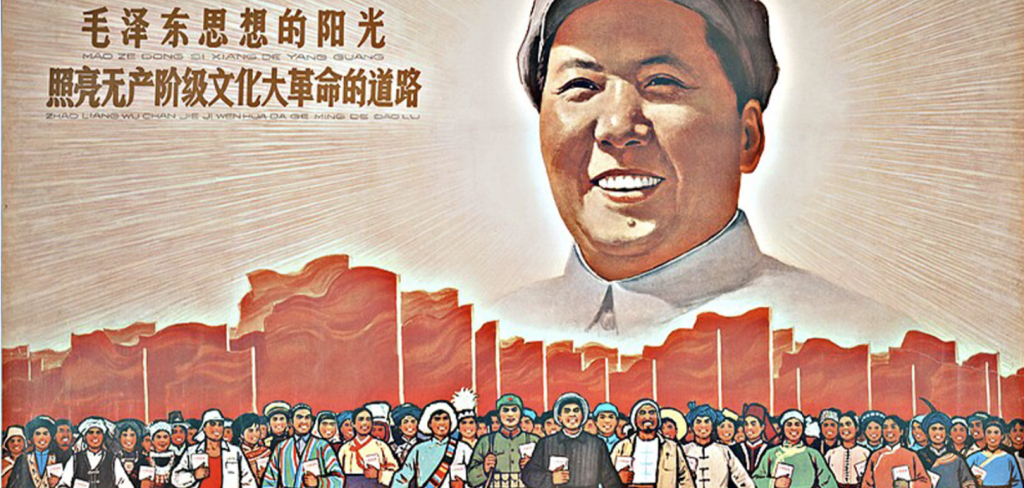China’s Carbon Emissions May Have Peaked, but It’s Hazy
BEIJING — A year and a half ago, negotiators from the United States persuaded the Chinese government to commit to a deadline for reversing the growth in greenhouse gas emissions from China.
The Obama administration portrayed the pledge as a major victory because China produces more of the gases that cause global warming than any other country, a quarter of the world’s total. Though the deadline was far off, in 2030, environmentalists said the concession by Beijing was a significant breakthrough in efforts to coordinate a global response to climate change.
Now, some researchers examining recent energy data and the slowing Chinese economy are asking whether emissions of carbon dioxide, the main greenhouse gas, are already falling in China — more than a decade earlier than expected.
If so, there could be important consequences. China’s success could energize worldwide efforts to limit global warming to 3.6 degrees Fahrenheit, or two degrees Celsius, above preindustrial levels, considered a difficult mission but critical for forestalling catastrophic environmental changes.
It could also put pressure on the United States and other nations to meet their own goals and set more ambitious ones. It would certainly blunt the argument made by those who say Washington should not make ambitious climate commitments because China is the world’s main climate villain.
But determining if China’s carbon emissions have peaked and are declining is difficult. Scientists measure emissions by extrapolating from official energy data and can provide only rough estimates for emissions from individual countries. Conclusions about whether a country’s emissions have peaked are definitive only in hindsight, years after the fact. Even then, economic changes could result years later in a resurgence in emissions.
Problems with the accuracy of Chinese data make figuring out what is happening here particularly challenging. A paper published late last month by the journal Nature Climate Change warned that preliminary energy statistics from China were unreliable, and that “the most easily available data is often insufficient for estimating emissions.”
Still, a handful of climate researchers say carbon emissions from China may be falling, after climbing rapidly since 2001, when China joined the World Trade Organization. Two British researchers, Fergus Green and Nicholas Stern, made this case in a paper published last month by the journal Climate Policy.
“It is quite possible that emissions will fall modestly from now on, implying that 2014 was the peak,” they wrote.
Central to their argument are the possibility that China is undergoing an economic transformation and reports that coal use there has dropped or leveled off over the last two years. Industrial coal burning, by power plants and cement factories, for example, is the main source of carbon dioxide emissions in China.
The decline in coal use is largely the result of China’s economic slowdown. China’s president, Xi Jinping, has said slower growth is the “new normal,” and has been trying to shift the economy away from growth focused on heavy industry and toward growth fueled by consumer demand and the service sector, which is less carbon intensive.
China has also adopted policies to limit coal use around eastern population centers to battle air pollution, and has promoted alternative energy, including hydropower and nuclear power.
Together, these policies may be paying off faster than expected. Yang Fuqiang, a senior climate and energy adviser at the New York-based Natural Resources Defense Council, said carbon emissions from China may have peaked in 2014 at between 9.3 billion and 9.5 billion metric tons. (In the United States, emissions hit 6.1 billion metric tons in 2007 before falling, researchers for a Norwegian group said.)
A set of data revisions scheduled to be released this fall could show that emissions from China dropped by 1 to 1.5 percent last year, Mr. Yang said.
But there is also a strong case for less optimism.
Putting policy into effect has long been a problem in China, so it is unclear whether officials will follow through on Beijing’s orders to move away from coal-burning industries. At the same time, China’s leaders may balk at the painful steps needed to overhaul the economy. Restructuring efforts have already resulted in protests against mass layoffs.
Another question is energy use. Electricity demand in China is expected to continue growing, and the easiest way to meet it will be through coal-burning power plants rather than alternative energy sources.
China’s coal-burning plants are operating below 50 percent capacity, and a recent Greenpeace East Asia report found that local officials issued permits for the construction of 210 more plants last year. Some of these projects could be suspended under new orders from Beijing, but activists are worried that China’s electrical grid will continue to favor coal-based enterprises.
Oil and natural gas use is also rising in China — from people driving cars, for example — and the growth of carbon emissions from that could exceed the drop in emissions from coal use.
“I think the total of China’s carbon dioxide emissions will rise again in coming years,” said Jiang Kejun, a senior researcher at the Energy Research Institute of China’s main economic planning agency.
Other skeptics note that Chinese cities are still growing. More than 55 percent of the population lives in cities now, but the government has set a goal of 60 percent by 2020. Urbanization means more construction and reliance on heavy industry, not to mention increased traffic.
“Most Chinese cities are building out,” and more data on the impact is needed to figure out if carbon emissions have started falling for good, said Angel Hsu, an assistant professor at the Yale School of Forestry and Environmental Studies.
Chai Qimin, a senior director at China’s National Center for Climate Change Strategy and International Cooperation, said the experience of other nations suggested that emissions would continue to rise because China’s economy was still developing.
Most countries see carbon emissions fall when per capita gross domestic product climbs to between $20,000 to $40,000, but China’s is still below $10,000, he said. “China has more industrialization and urbanization to do, which needs energy,” he said.
Some researchers say China could be in a period in which emissions fluctuate for several years before a sustained decline, as they did in the United States before 2007.
“I would be more confident to say that China has reached a plateau or period of low growth,” said Glen Peters, a scientist at the Center for International Climate and Environmental Research-Oslo. “I think to say ‘peak’ is a little bold.”
Whether or not emissions from China are already falling, most researchers agree they will reach a peak no later than 2025, five years ahead of Beijing’s pledge.
China also appears to be overshooting its goals for reducing carbon intensity, or the amount of carbon dioxide emitted per unit of economic output. China had set a goal of bringing carbon intensity down 40 percent to 45 percent below 2005 levels by 2020, mostly by shifting the economy away from heavy industry and fossil fuels.
But officials and researchers now say that a 50 percent cut by 2020 is possible, and that the government may revise its target to make it more ambitious.
“If China can revise this, then I’d be very happy,” Mr. Yang of the Natural Resources Defense Council said. “China would be playing a leadership role in climate change.”
By EDWARD WONG, The New York Times








